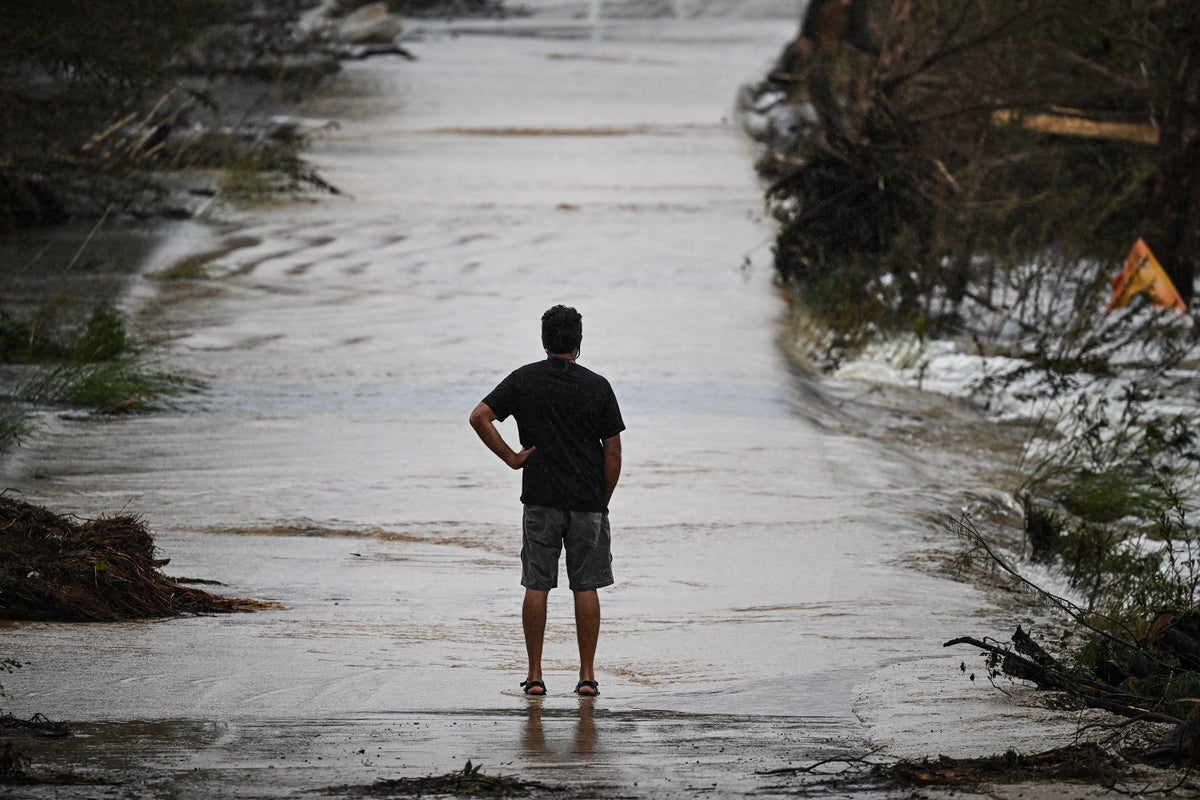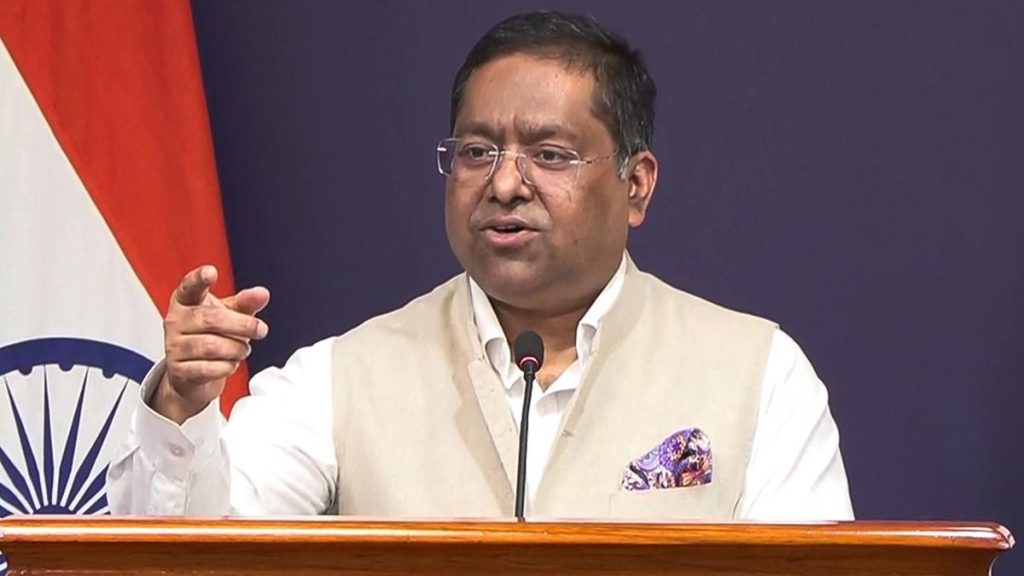Now Reading: Texas Floods Highlight Gaps in AI Forecasting Amid NOAA Budget Cuts
-
01
Texas Floods Highlight Gaps in AI Forecasting Amid NOAA Budget Cuts
Texas Floods Highlight Gaps in AI Forecasting Amid NOAA Budget Cuts

Swift Summary
- Traditional high-resolution weather models accurately predicted the Texas floods on July 4, while AI and global-scale weather models failed to foresee the event.
- Some experts believe AI models could improve due to their ability for deep learning of atmospheric physics, but they currently struggle with forecasting rare extreme events.
- Factors limiting federal AI weather modeling include budget cuts proposed by the U.S. administration and lagging investment compared to private sector efforts. NOAA’s research infrastructure faces potential elimination under a $2.2 billion budget cut proposal for fiscal year 2026.
- NOAA is developing experimental AI-integrated systems like WoFSCast and HRRRCast,aimed at providing faster local predictions with less computing power compared to traditional methods. These are still reliant on funding for further progress in public-sector technology development.
- Experts argue that collaboration between public agencies like NOAA and private companies could help bridge technological gaps while ensuring equitable access to accurate forecasts for vulnerable communities.
Indian Opinion Analysis
AI-driven advancements in weather forecasting represent an crucial frontier that could enhance India’s disaster management tools in combating extreme climate events like floods or droughts across its diverse terrain. However,the failure of AI to predict localized precipitation during recent Texas floods highlights how current limitations impede reliability-for now.
For India,lessons from such challenges abroad underscore two plausible strategies: leveraging traditional meteorological systems enhanced by more granular data collection while steadily building complementary innovations with AI integration over time as technology matures domestically.
Furthermore, big-budget reductions affecting foundational research programs have previously limited India’s scientific sectors’ outreach internally globally partnerships!

























